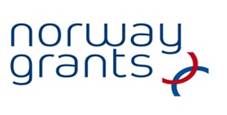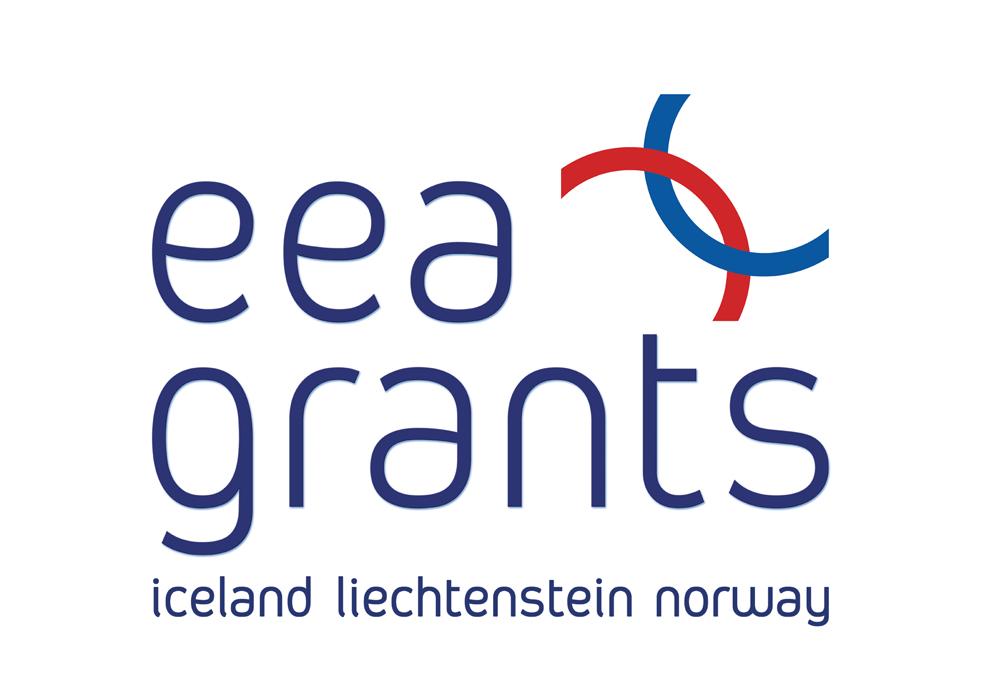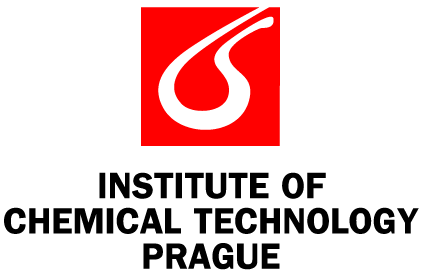BACKGROUND
The here presented project aims to provide the first thorough data collection on fish contamination by PFC, not only predominant PFOS and PFOA but also other PFC compounds, in the Czech Republic, including complete data of the range of fresh water fish species contamination, both free living and aquaculture species.Perfluorinated chemicals have been identified internationally as high priority persistent organic pollutants and are currently evaluated as priority monitoring compounds for the international UNEP Stockholm convention on global restriction of POPs. Also EFSA CONTAM Panel recommended in their Opinion from the beginning of year 2008 that further data on PFC levels in food and in humans would be desirable, particularly with respect to monitoring trends in exposure.
PFC can enter the environment via the aquatic environment after accidental spillage, use and disposal of PFC treated consumer products or as emissions of manufactures and industry, as well as through atmospheric transport of precursors. People are exposed directly through contaminated food items or beverages as well as direct skin contact via impregnated outdoor clothing and other impregnated textiles and ingestion of dust.
Except for PFOS (perfluorooctane sulfonate), PFC are not yet regulated as contaminants in food through regulation measures within the European Union. However, international regulations are highly overdue due to the well documented toxicological as well as ecotoxicological effects of many PFC in various environmental biosystems as well as humans.
Perfluoroalkylated substances (PFC) are generally persistent in the environment, they can be found over a broad concentration range and within the most parts of the food chain in both aquatic and terrestrial organisms. Food is likely to be contaminated with PFC as well, giving rise to human exposure. In terms of monitoring of food contamination, most European countries, as well as Czech Republic, carry out national monitoring programs in order to access the daily intake of persistent organic pollutants. PFC have not been included in these studies yet. Only very few international studies focused on PFC in food and assessment of dietary intake have been published in Europe.
Furthermore, current methods either lack the analytical sensitivity necessary for reliable quantification of PFC in food or do not distinguish between different food items.
Almost none information is currently available on the occurrence of PFC in Czech environment.
OBJECTIVES
The aim of EmerCon project is to investigate the presence and distribution of perfuorinated alkylated compounds (PFC) in selected represented Czech environmental / food samples collected from aqueous environments. Thus it contributes significantly to the national and international scientific knowledge on PFC in the Czech food basket.
The project team will:
- Develop and optimize new ultra-trace analytical methods for the compound specific quantification of selected PFC compounds.
- Evaluate potential hazardous effects of PFC on humans and environment through own investigations as well a literature studies.
- Provide effective knowledge and method transfer between involved analytical laboratories in Norway and the Czech Republic.
The overall objective of the sub-project is to develop robust and reliable analytical tools for the determination of PFC in food items and to use these to qualify and quantify PFC in fish and selected food products and assess their dietary intake by humans in the Czech Republic. The methods are planned to be utilised for a first screening of PFC levels in the Czech environment.
The main project sub-objectives are:
- To develop robust, easy-to-use, reliable, sensitive, and where necessary, new analytical methods for quantification of a suite of fluorinated compounds including both predominant PFOA and PFOS and non-persistent precursors in a wide variety of matrices, including fish and different food matrices.
- To ensure that the quality of the data from analytical measurements meets criteria related to reproducibility, repeatability and traceability.
- To organize inter-laboratory comparison to confirm applicability of developed analytical methodologies into the practice and support knowledge transfer.
- To use the analytical methods to produce a database on PFC levels in fish and other food matrices.
- To make an assessment of the daily intake of PFC by humans in the Czech Republic due to the consumption of fish and selected food products.
- To compare PFC levels found in the Czech Republic aquatic environment with the ones in water bodies of Norway and other European and non-European countries.
- To create website dedicated to the sub-project where methodology, database with results obtained and other information will be available for all interested stakeholders, particularly to relevant control bodies in the Czech Republic and governmental institutions, to support technology transfer.
- To identify potential suspected point sources of PFC to the aquatic environment system of the Czech Republic based on database prepared with the information on PFC contamination in fish.






